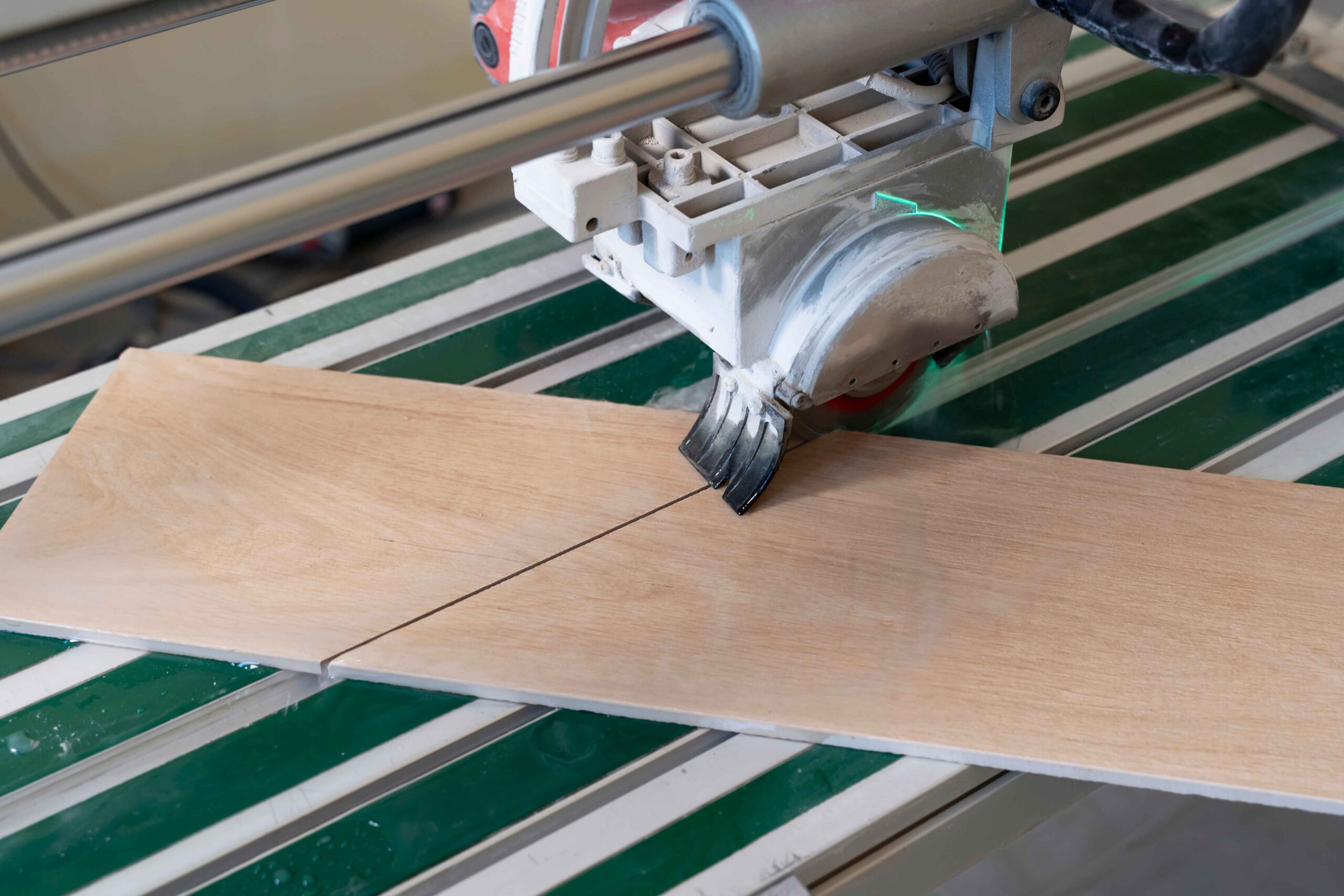Call Us Today For A Free Consultation: 615-525-8464


Cutting tiles is a key skill for achieving professional results in your renovation projects. With dependable remodeling services, having the right tools, preparation, and techniques for cutting tiles is essential. From cutting straight lines to shaping curves and angles, this guide provides practical advice to ensure clean, accurate cuts. By following the steps outlined, you can achieve polished, high-quality results in any tile-cutting project.
To cut tiles effectively, you’ll need specific tools for the job. Essential items include a tile cutter, tile nippers, a tile saw, and a tile file. A tile cutter is ideal for straight cuts on ceramic or porcelain tiles, delivering clean edges. Tile nippers are useful for making small cuts or notches to fit around obstacles. A tile saw is necessary for harder materials like stone or glass tiles, ensuring precise cuts. Lastly, a tile file smooths rough edges after cutting. These tools will ensure you make clean and accurate cuts for your project. Homeowners working with professionals like painting contractors in Nashville often find that proper tile cutting complements wall finishes beautifully.
Before cutting tiles, ensure your workspace is well-lit, ventilated, and has all the necessary equipment. Gather safety gear, including goggles, gloves, and a dust mask, to protect yourself from debris. Check that your tile cutter is clean and functioning properly for precise cuts. Measure and mark the tile accurately with a pencil and a square or straight edge to guide your cuts. Double-check your measurements to avoid mistakes. Organize your tiles securely to prevent accidents. By following these preparation steps, you’re setting up for a smooth tile-cutting experience.
When cutting straight lines on tiles, using the right tools and techniques is essential for clean, accurate cuts. A tile cutter or a wet saw with a diamond blade works best for straight cuts. Ensure the tile is marked correctly with a pencil and a square before cutting. Apply steady pressure as you move the tile through the blade to avoid chipping. For smaller tiles, nippers can make more detailed cuts. Always wear safety goggles and gloves to protect yourself from potential hazards. By applying these techniques, you’ll achieve professional-looking straight cuts on your tiles.
Cutting curves and angles in tiles requires specific tools and techniques. For curves, use a tile nipper for small adjustments, while a tile saw with a diamond blade is best for more intricate shapes. For sharper angles, a tile cutter or wet saw with a miter guide provides clean, precise cuts. Mark the curve or angle accurately on the tile before cutting for a precise final result. Using a steady hand and taking your time will help you maintain control and avoid mistakes. Practicing on scrap tiles before cutting the actual tile can perfect your technique.
To achieve a polished finish and ensure safety, focus on proper techniques when completing your tile cuts. After shaping the tile, smooth the edges with a tile file or sandpaper to remove roughness and prevent safety hazards. Applying sealant along the cut edges helps protect the tile from moisture and extends its lifespan. Remember to wear gloves and safety goggles while handling tiles to avoid injuries. By attending to these finishing touches and safety precautions, you can ensure a flawless result in your tile-cutting project.
Other Bathroom Remodeling Tips:

Licensed, Bonded, Insured.